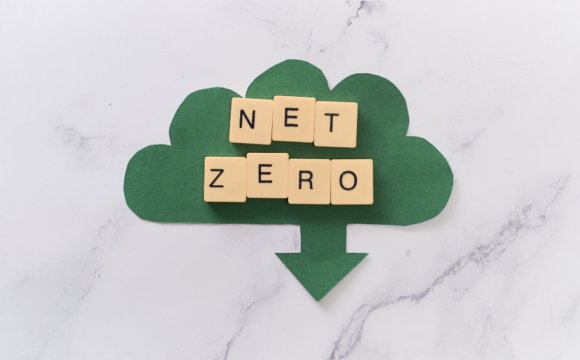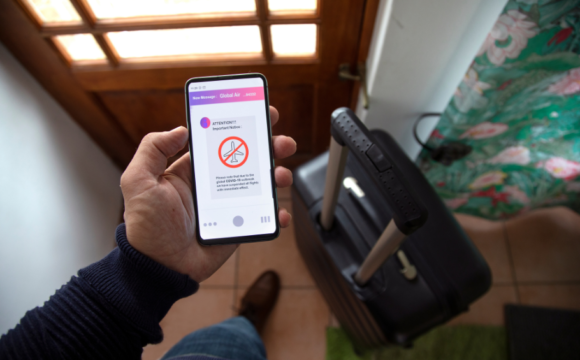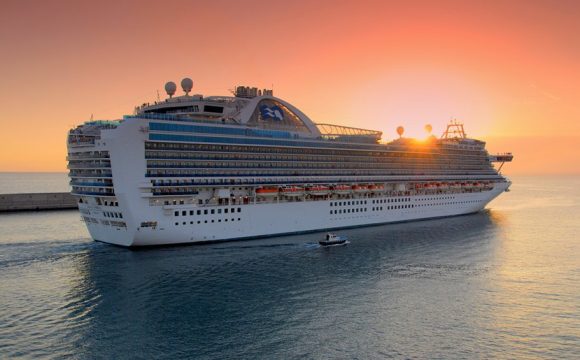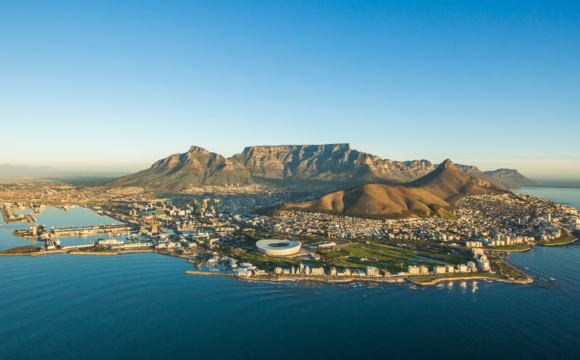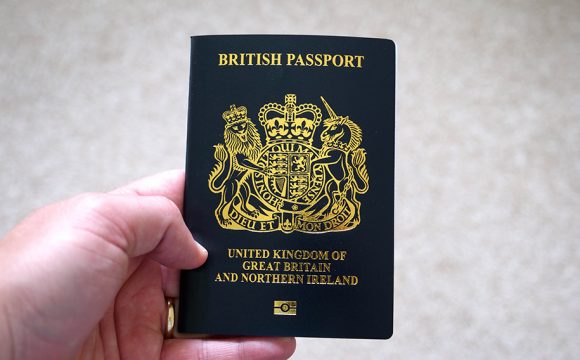There are multiple ways to celebrate the New Year in the country and many traditions to get involved in.
The traditions range from being religious to spiritual as well as some being purely just for fun. Together, they make up what is one of Brazil’s most remarkable events of the year.
The highlights include:
Seven Waves on Copacabana beach
Ever wondered why so many Brazilians spend New Year’s Eve on the beach? Whilst everyone loves an excuse to go to the beach from time to time, spending New Year’s Eve there also holds certain superstitious purpose in Brazil.
Celebrating New Year’s Eve on a beach obviously isn’t unique to Brazil but Rio de Janeiro’s New Year’s celebrations on the famous Copacabana beach trumps all. By midnight there are often over 2 million along the stretch of the beautiful beach. When midnight strikes, it is tradition to jump seven waves. By doing this, it is believed you are starting the year with luck, happiness and prosperity.
The reason why it is customary to skip ‘seven’ times, is because ‘seven’ bears relation to Orixás, which derives from Brazil’s African ancestors. They believed in the necessity to respect and honour the sacred relationship between nature’s elements and human beings. The Orixás are the seven forces of nature. So for each skip, individuals can request something from each ‘natural force.’
Heading down to Copacabana beach on the 31st of December holds special relevance to Brazilians and should certainly not go a miss for visitors too if you’re in the area.
Wearing White
As well as the skipping the seven waves, when people come to the coastal lines for New Years, it is tradition to wear white clothing. Many do this as they believe it will encourage peace and happiness into the new year.
Wearing white clothes at New Year parties became a traditional custom in Brazil in the 1970s, when members of Candomblé began making their offerings on Copacabana beach. People passing by the beach and watching the ritual, found the white clothing beautiful – and have since adopted this tradition too.
However, another (maybe more intriguing!) part of this tradition is to wear colourful underwear underneath the white clothing! Different colours mean different things. People who carry out this tradition chose the colour of their underwear depending on what they want the new year to bring for them.
Yellow is believed to bring money and prosperity. Pink brings love. Red inspires passion. Blue brings harmony. Orange is believed to correspond to professional success. Green asks for health. Purple is believed to bring hope for inspiration.
The Goddess Iemanjá
Another New Year’s ‘coastal’ tradition in Brazil, surrounds the Goddess Iemanjá, the Queen of the Sea.
Many Brazilian’s worship Iemanjá, who is an African deity. She is believed to watch over sailors and fishermen, controlling what they catch. She is also admired for her power and represents fertility and family.
Traditionally in Nigeria, celebrating her occurs on February 2nd. Faith in Iemanjá has become popular in Afro-Brazilian religions – especially as it empowers women, as she represents strength in femininity, flowers and is known as a symbol to protect pregnant women.
In Brazil, during the build up to New Year’s Eve and the night itself, followers of Iemanjá go to the coast to make offerings. They honour Iemanjá by scooping small altars out the sand and placing candles inside or spreading white flowers across the sea.
Traditionally speaking, the Goddess Iemanjá is usually offered things that have spirit. This means, things that can explode, rise, disappear or intoxicate. Examples of this include firecrackers and popcorn. But as well as this, Iemanjá was believed to admire herself, which is why other items often include jewelry, combs, lipstick, and mirrors.
New Year in Salvador da Bahia
In Salvador da Bahia, the capital of Brazil’s northeastern state of Bahia, cultural traditions that take place in celebrating the New Year are fascinating and truly authentic to Brazil as a country. Key characteristics to the city of Salvador da Bahia are due its iconic Afro-Brazilian culture and its tropical coastline.
In the city, the Igreja do Senhor do Bonfim, the most famous church in town, is a key attraction for New Year.
In Brazil they celebrate and observe “Friday of Gratitude”, this takes place on the last friday of the year. On this day, citizens from all over the country go to the church to ask for protection for next year and take with them objects to be blessed, such as necklaces, the famous bonfim ribbons, house keys, photos and even their car!
Eating and drinking
Another interesting tradition, is the importance to ensure you are eating and drinking the right things in Brazil for New Years. It is believed people should eat rice, grapes, pomegranate seeds, and lentils for good luck. These foods also symbolise health.
One other custom is to have eaten seven Brazilian raisons by midnight, but not to throw away the seeds. Instead, it is tradition to keep the seeds in your wallet to ensure you will always have money in your wallet in the future.
Of course, when celebrating New Years in Brazil and having fun, people must choose the traditional drinks. It is believed to be important to drink champagne and related cocktails on New Year’s. Not only as a great way of enjoying the occasion, but it is believed to energise the year to come!
All of these traditions combined make celebrating in Brazil a truly unique and fun experience for anyone looking to bring in 2019 in style this year.



